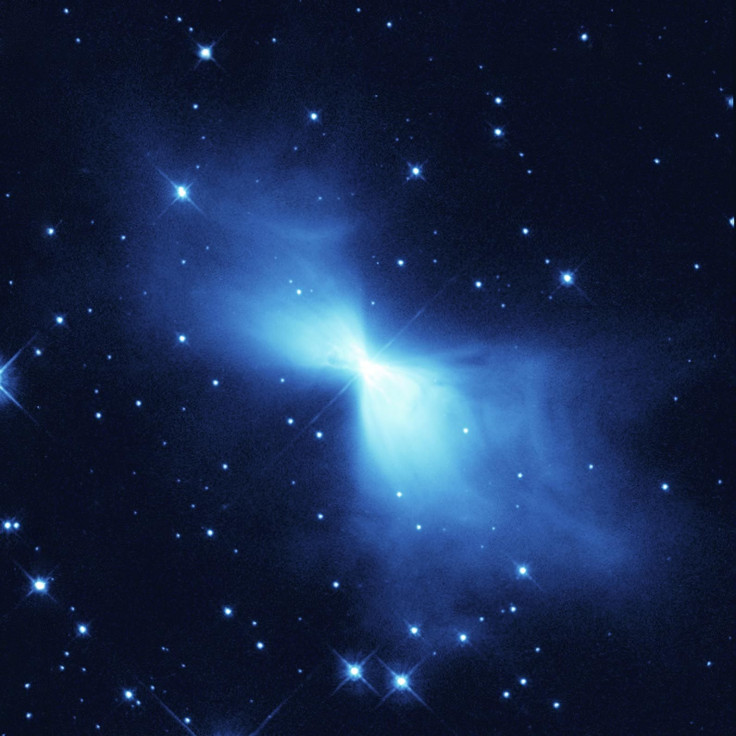Coldest Place In The Universe? NASA Wants To Create It On ISS With Future SpaceX Cargo Mission

In the relative vacuum of outer space, it is very, very cold but even the coldest known place in the universe is not the coldest it can theoretically be. The cosmic microwave background (CMB) that permeates the universe from immediately after the Big Bang carries some energy and therefore, most of the cosmos has a temperature of about -270 degrees Celsius (-454 degrees Fahrenheit), almost 3 degrees Celsius above 0 Kelvin, or “absolute zero.”
Absolute zero is called such because atoms would stop moving at that temperature and therefore, it is not possible for anything to be colder than that. It has also never been reached by humans, and from what we know, even in nature. The coldest known place is the Boomerang Nebula, about 5,000 light-years away in the constellation Centaurus, which has a temperature of -272 degrees Celsius, or about 1 Kelvin. The mysterious nebula is the only known place in the observable universe that is colder than the CMB.
However, NASA is working on a project that will create temperatures as cold as a billionth of a degree above absolute zero, creating the coldest spot in the universe. This spot will be created inside a special box on the International Space Station. The box is still in its final stages of assembly at the Jet Propulsion Laboratory in Pasadena, California, and will be flown to the ISS aboard SpaceX’s 12th cargo mission for NASA in August.

Called the Cold Atom Laboratory (CAL), the box will contain a vacuum chamber, lasers and an electromagnetic “knife” to remove the energy from gas particles, slowing them down till they are almost completely devoid of motion. At those hyper-cold temperatures, just a fraction of a degree over absolute zero, the atoms will transform into a state of matter called Bose-Einstein condensate, which does not follow the rules of usual physics, obeying quantum laws instead.
Temperatures close to absolute zero have been achieved in laboratories on Earth before, but never as cold as what CAL is being designed for. Along with its designed place aboard ISS, where gravity doesn’t cause atoms to settle downward, this creates a unique opportunity for studying the waveforms in which Bose-Einstein condensates behave.
On Earth, these waveforms are observable only for fractions of a second, but NASA expects CAL will allow the observation of Bose-Einstein condensates for up to 5-10 seconds in the microgravity environment of ISS. Future developments of CAL technology could allow them to be observed for even hundreds of seconds, NASA said in a statement Monday.
“Studying these hyper-cold atoms could reshape our understanding of matter and the fundamental nature of gravity. The experiments we’ll do with the Cold Atom Lab will give us insight into gravity and dark energy — some of the most pervasive forces in the universe,” CAL Project Scientist Robert Thompson of JPL said in the statement.
The data from the CAL experiments could find applications in a range of other technologies like quantum computers, atomic clocks and sensors.
© Copyright IBTimes 2024. All rights reserved.











